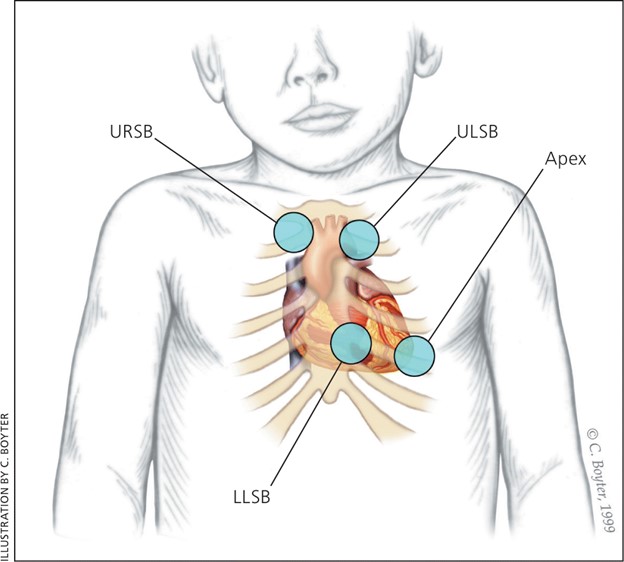The client states “I can’t go on anymore.
Life sucks and the world would be better off without me.” What is the RN’s best response?
“Have you had thoughts about killing yourself?”.
“What can’t you go on anymore?”.
“Don’t think like that. It’s not true!”.
“Have you talked to your doctor about these feelings?”.
The Correct Answer is A
“Have you had thoughts about killing yourself?” This is the best response because it directly assesses the client’s suicidal risk and shows empathy and concern.
The other choices are wrong because:
Choice B. “What can’t you go on anymore?” This is a vague and open-ended question that does not address the client’s immediate safety or emotional state.
Choice C. “Don’t think like that.
It’s not true!” This is a dismissive and invalidating response that does not acknowledge the client’s feelings or offer support.
Choice D. “Have you talked to your doctor about these feelings?” This is a deferring and avoiding response that does not explore the client’s situation or provide any intervention.
Nursing Test Bank
Naxlex Comprehensive Predictor Exams
Related Questions
Correct Answer is D
Explanation
A heart murmur is a priority assessment for a toddler who is diagnosed with fetal alcohol syndrome because it may indicate a congenital heart defect, which can affect the child’s growth, development and oxygenation. According to the health search results, fetal alcohol syndrome can cause heart and kidney problems, among other complications.

Choice A is wrong because small head size is a common feature of fetal alcohol syndrome, but it is not a priority assessment. It indicates that the child has microcephaly, which is associated with intellectual and learning disabilities.
Choice B is wrong because poor coordination is another common feature of fetal alcohol syndrome, but it is not a priority assessment. It indicates that the child has problems with motor skills and balance.
Choice C is wrong because speech and language delays are also common features of fetal alcohol syndrome, but they are not a priority assessment. They indicate that the child has problems with communication and social skills.
Correct Answer is D
Explanation
“I feel uncomfortable praying with you, but I will find someone who won’t feel that way.” This statement by the nurse would best meet the client’s spiritual needs because it acknowledges the nurse’s own boundaries and feelings while also respecting the client’s request and finding a way to fulfill it.
Some possible explanations for why the other choices are wrong are:
Choice A is wrong because it does not address the client’s request to pray together and it assumes that the client wants a Bible without asking.
Choice B is wrong because it implies that the nurse does not want to pray with the client and that the client’s visitors would be more suitable for this task, which could make the client feel rejected or unsupported.
Choice C is wrong because it directly rejects the client’s request and discloses the nurse’s personal beliefs, which could create a sense of disconnection or conflict between the nurse and the client.
Whether you are a student looking to ace your exams or a practicing nurse seeking to enhance your expertise , our nursing education contents will empower you with the confidence and competence to make a difference in the lives of patients and become a respected leader in the healthcare field.
Visit Naxlex, invest in your future and unlock endless possibilities with our unparalleled nursing education contents today
Report Wrong Answer on the Current Question
Do you disagree with the answer? If yes, what is your expected answer? Explain.
Kindly be descriptive with the issue you are facing.
